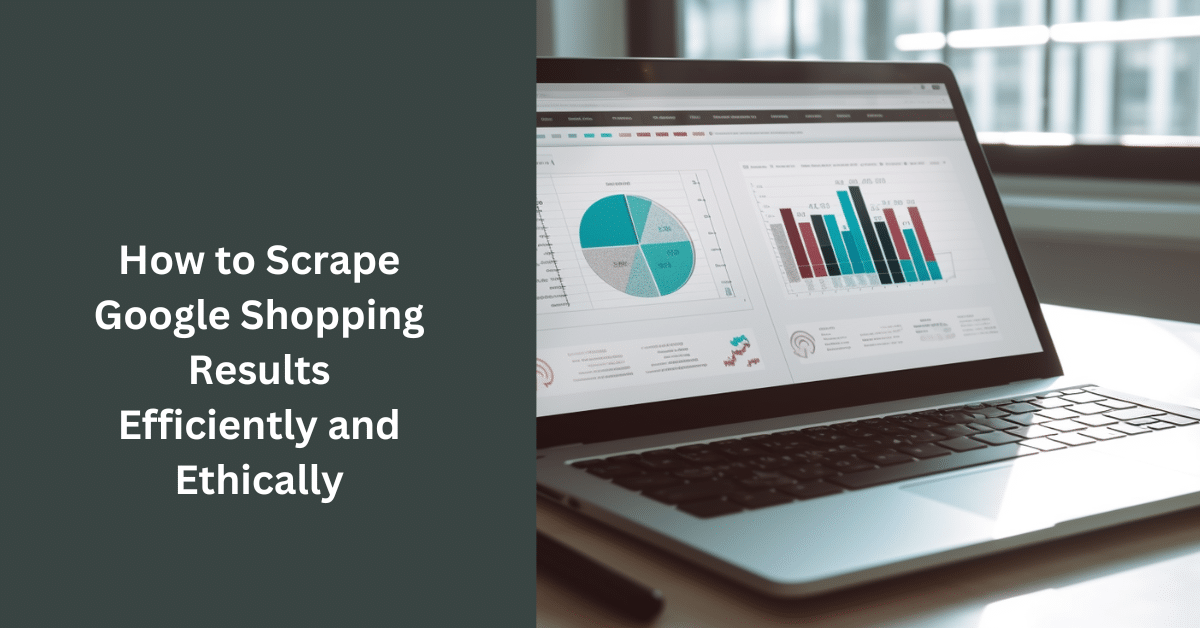
In today’s world, data is king. Web scraping, the practice of extracting useful information from websites, is a key tool for businesses wanting to leverage this data. However, it can be a complex process, especially when it comes to large-scale platforms like Google Shopping. This article provides an in-depth guide on how to scrape Google Shopping results, explores the legal implications of web scraping, and addresses the challenges involved in the process.
Google Shopping Results Page Structure Overview
To effectively scrape data from Google Shopping, it’s crucial to understand its page structure. Google Shopping results typically include:
- Product name
- Merchant name
- Price
- Product link
- Product image
- Reviews and ratings
All this information is contained within distinct HTML elements, which can be identified and extracted using a suitable web scraping tool or library.
Is it Legal to Scrape Google Shopping Results?
The legal landscape of web scraping is complex and varies depending on jurisdiction. In many cases, scraping publicly accessible websites is legal. However, Google’s Terms of Service specifically prohibit scraping. Thus, while the technical process of scraping Google Shopping results can be carried out, doing so is against Google’s policies and could lead to repercussions, including being blocked from Google services.
The Pain of Scraping Google Shopping
Scraping Google Shopping can be challenging for several reasons:
- Dynamic content: Google Shopping relies heavily on JavaScript to load content dynamically. Traditional scraping methods may not work, and more advanced techniques may be necessary.
- Rate limiting and IP blocking: Google implements measures to detect and block automated scraping activity.
- Variations in page structure: The structure of Google Shopping pages can change, breaking your scraping setup.
Step-by-step Guide for Scraping Google Shopping Results using Google Shopping API
Given the challenges and legal implications of scraping Google Shopping directly, a safer and more reliable alternative is to use the Google Shopping API. The API provides a legitimate way to access Google Shopping data. Here are the steps to use it:
- Get a Google Shopping API Key: Sign up for a Google Cloud account and enable the Shopping API for your project to obtain an API key.
- Formulate Your API Request: This will include your API key, the endpoint you’re accessing, and any relevant query parameters.
- Send Your Request: Use a tool like cURL or a library like Python’s requests to send your API request.
- Parse the Response: The API will return data in a structured format (usually JSON), which you can parse to extract the information you need.
Conclusion
Scraping Google Shopping results can provide valuable insights but also comes with challenges and legal considerations. The Google Shopping API offers a reliable and compliant way to access this data.
External link:
Here are some resources to learn more about this topic:
- Google Shopping API Documentation – Official documentation for the Google Shopping API.
- Web Scraping and Crawling Are Perfectly Legal, Right? – An article exploring the legality of web scraping.
- Google Terms of Service – Google’s Terms of Service, including their policy on web scraping.
- Beautiful Soup Documentation – A Python library for parsing HTML and XML documents, often used for web scraping.
- Scrapy – An open-source and collaborative web crawling framework for Python used to extract the data from websites.
By understanding the intricacies and ethical implications of web scraping, one can harness the vast potential of data available online in a responsible and efficient manner.






Comments (0)
There are no comments here yet, you can be the first!